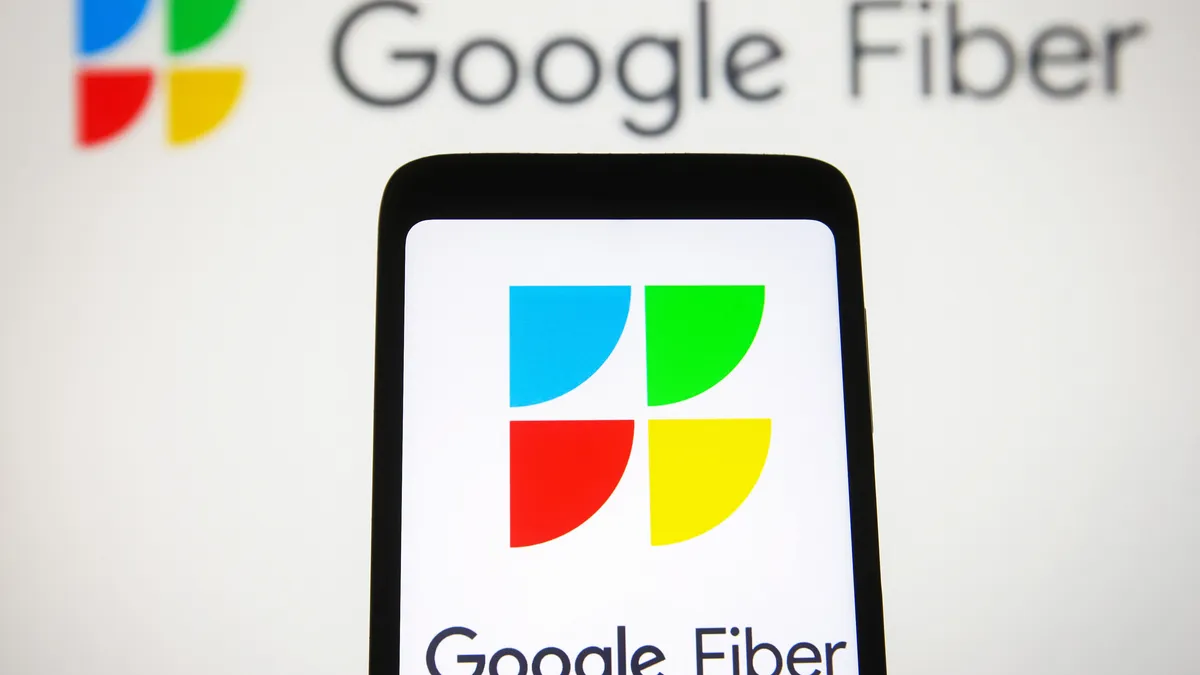Google Fiber and Nokia Partner to Bring Network Slicing to Home Internet: What It Means for You
 Date: 14/07/2025
Date: 14/07/2025
In a bold step toward redefining home internet experiences, Google Fiber has partnered with telecommunications giant Nokia to test a cutting-edge technology known as network slicing. Though this innovation has already seen early adoption in 5G networks by providers like Verizon and T-Mobile, this marks the first time a fiber internet provider is exploring its potential—and it could mean a game-changing shift in how customers manage their broadband performance.
What Is Network Slicing?At its core, network slicing is a method that allows one physical internet connection to be divided into multiple virtual “slices”, each tailored to a specific use case or need. Think of it like dedicating lanes on a highway for specific types of vehicles—one for gaming, one for video conferencing, another for secure banking, and so on. Each slice has its own performance rules, bandwidth, and even security protocols, giving users granular control over how their internet is used.
Traditionally, all internet traffic is treated the same. But network slicing enables users to prioritize specific activities, helping avoid lag during gaming sessions or ensuring crystal-clear audio during important Zoom calls.
Why This Partnership Matters
Nick Saporito, Head of Product at Google Fiber, told CNET that the goal is to give users direct control over how their internet performs.
“Instead of treating all traffic the same, we’re exploring how customers could dedicate bandwidth to the activities that matter most to them,” Saporito explained. “Think of it like putting your connection in a ‘gamer mode’ or ‘video call mode’ that you control.”
This isn't just about convenience. In lab tests, Google Fiber demonstrated how two PlayStation 5 consoles struggled under network congestion, but once a dedicated gaming slice was created, the experience became significantly smoother. This could be a major win for online gamers, where even milliseconds of latency can make or break gameplay.
Benefits of Network SlicingWhile the technology is still in its trial phase, the potential advantages for everyday users are already evident:
- Reduced latency during online gaming and video streaming
- Increased security through "transactional slices" for activities like online banking
- Customized performance for different devices or household members
- Smarter bandwidth allocation, reducing performance drops during peak usage
Network slicing also opens the door for automation. Google Fiber and Nokia are exploring ways to have the system automatically switch between slices based on detected usage—so you might not even need to manually activate “streaming mode” or “gaming mode.”
A Fiber FirstWhile wireless providers have been working with network slicing in the 5G space, this is the first real step toward applying it in the world of fiber internet. And it could give fiber—already known for its superior speed and reliability—an even bigger edge in the broadband market.
With fiber already offering symmetrical speeds up to 8,000 Mbps (or 8 Gbps), the addition of slicing could make your connection not just fast, but purpose-built for how you use it—whether that’s multiplayer gaming, virtual reality, or remote work.
What’s Next?
Despite the promising trials, Google Fiber hasn’t announced a rollout date. Saporito says the recent tests laid the foundation for understanding how slicing performs in real-world conditions.
“Our recent trial was a foundational step,” Saporito said. “Next, we’re partnering with Nokia to explore how we can integrate this into our network in a scalable way—especially around automation, which is a key requirement for making slicing practical.”
If successful, this could redefine how home internet is delivered and managed—offering more security, less lag, and better control, especially in multi-device households.
For now, home internet users can only wait as this next-gen fiber tech evolves from lab tests to living rooms. But one thing is certain: with Google Fiber and Nokia teaming up, the future of personalized internet performance is closer than ever.












.jpg)





.jpg)
.jpg)

